The Painted Bird
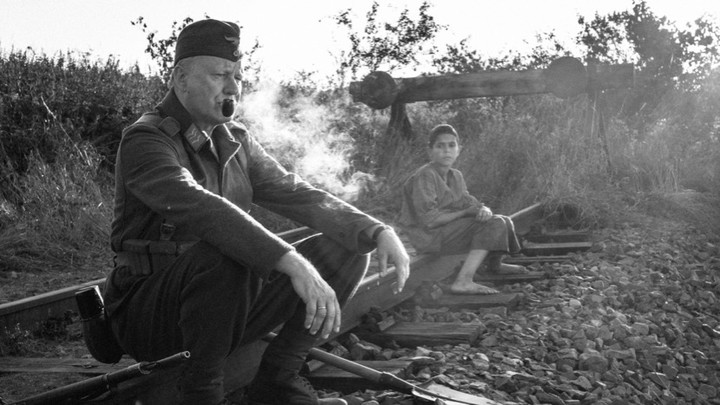
A tale of savagery and brutality at its heart, The Painted Bird is Václav Marhoul’s cinematic adaptation of Jerzy Kosiński’s renowned yet controversial novel of the same title that follows the journey of a young, unnamed Jewish boy (Petr Kotlar) from Eastern Europe during the Second World War. When disaster strikes his aunt’s farm on which he is residing, he is forced to risk it all. While travelling through hostile villages, he encounters a variety of characters, returning ever closer to the threat of war and the antisemitic danger which his parents wish him to escape.
The film’s ratings are inconsequential; being likeable is not The Painted Bird’s intention. Its approach to building a relationship with the viewer is cold, hard and unrelenting – uncaring in its squeamishness, reminding you that you signed up for a three-hour experience, so suck it up. Featuring scenes of brutal violence, animal cruelty, bestiality and paedophilia that span across a number of chapters named after new characters that the boy meets, The Painted Bird is not for the faint-hearted. Such heavy subject matter can be quite wearying and sickening to watch, but the beauty of this curiously crafted film is that although locked into the spectacle, you are able to appreciate the beauty behind each powerful segment.
There is a rich tapestry of emotion and circumstances thrust upon the young boy, delivered excellently by the talented cast, including the likes of Stellan Skarsgård, who plays a merciful Nazi soldier, and Harvey Keitel as a priest who unsuspectingly houses the boy with a paedophile (Julian Sands). Arguably the standout performance comes not only from Kotlar, who performs far above the standard of a child his age but from Barry Pepper, whose military character teaches justice in a world so bitterly torn apart by war. Yes, these characters are lifted from the original novel, but it takes real craft to formulate an efficacious screenplay from such a controversial novel, and for an ensemble to so movingly and terrifyingly bring it to life.
The Painted Bird certainly cuts deep; its black and white cinematography makes it all the more emotionally draining on both the characters and the viewer. Just shy of three hours long, the film dares to stray where only Tarantino, Scorsese and Malick tread. Despite the countless lingering cinematic shots and limited dialogue feeling slightly lacklustre and frustrating, it could be argued that it’s a requirement to tell the story correctly. A lack of empathy with the main character may also hinder the film’s popularity with some audience members, who might prefer to know a little more about his personality or see him engage with more action on screen.
You can understand why the film may not sit right with some, but it could blow others away. The ending is impactful, acting as a sharp reminder that life can never be the same when the horrors of World War II are a reality. But if you lived, you simply had to continue on living, even if you were a painted bird, rejected by your own kind. The human race can be so excruciatingly cruel.
Guy Lambert
The Painted Bird is released in select cinemas on 11th September 2020.
Watch the trailer for The Painted Bird here:

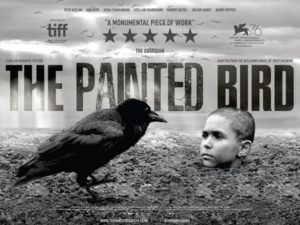
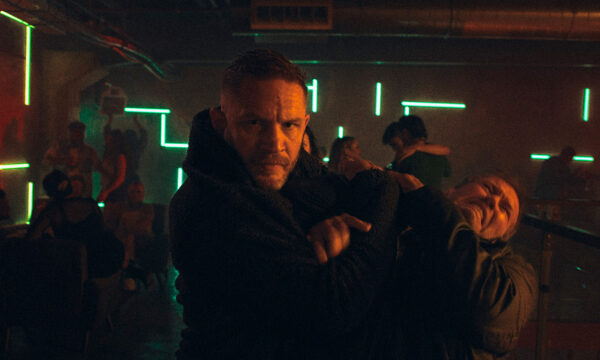
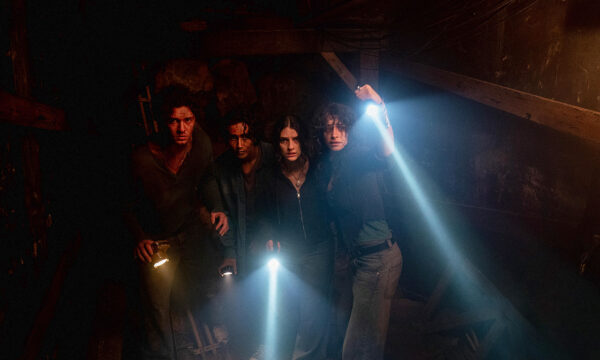
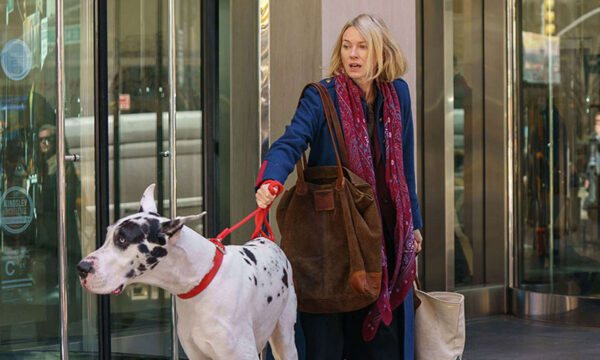
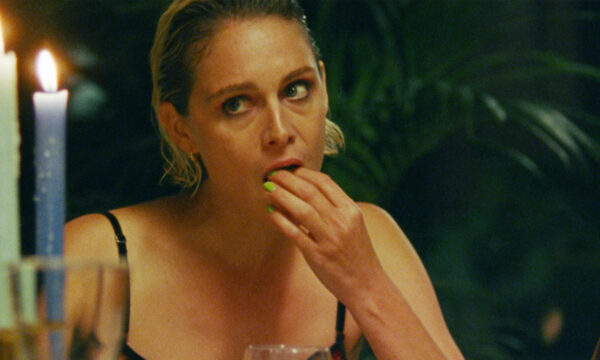
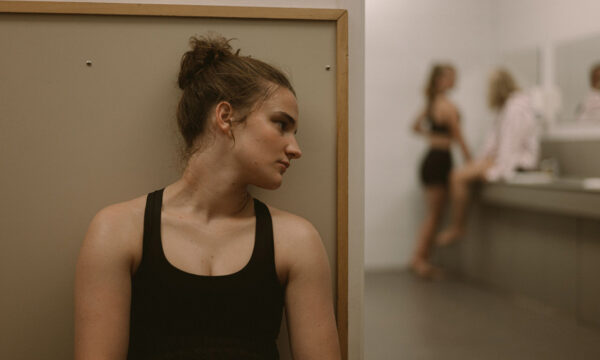
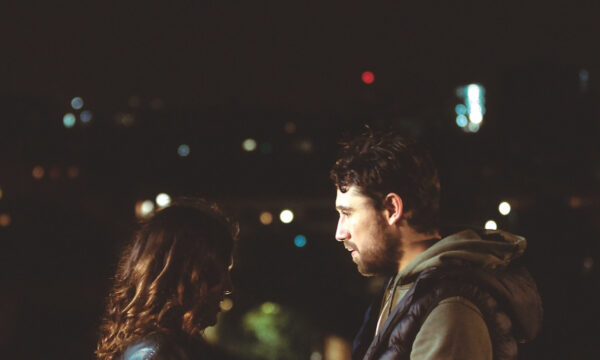
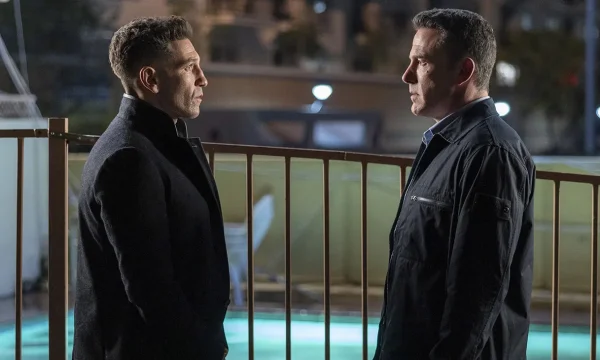
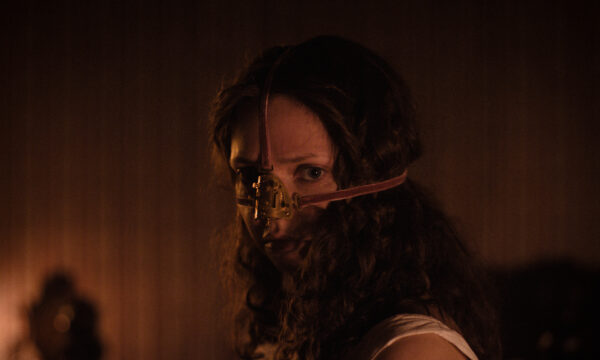
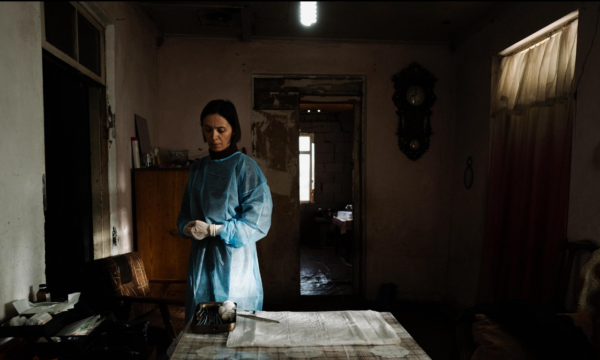













Facebook
Twitter
Instagram
YouTube
RSS